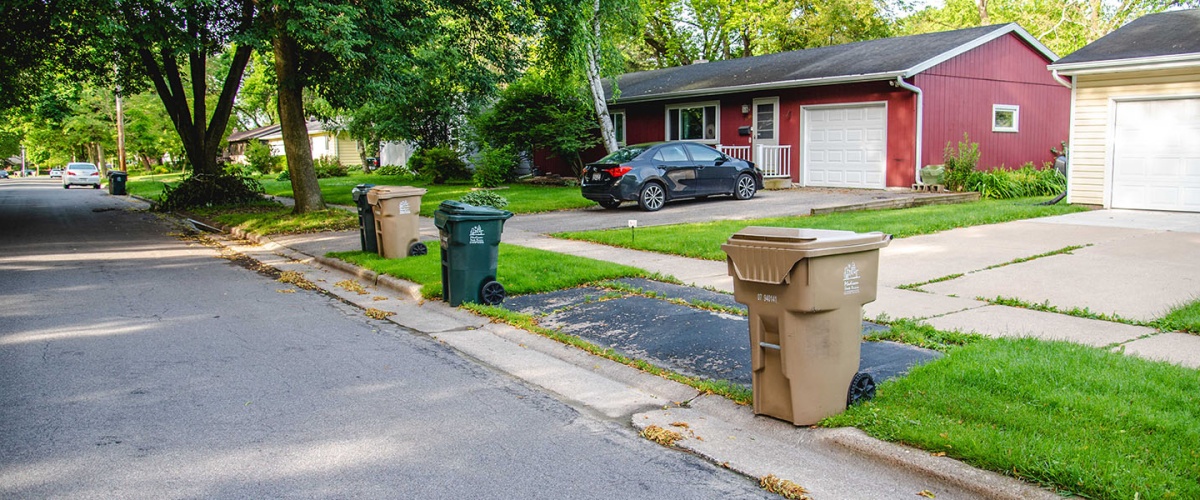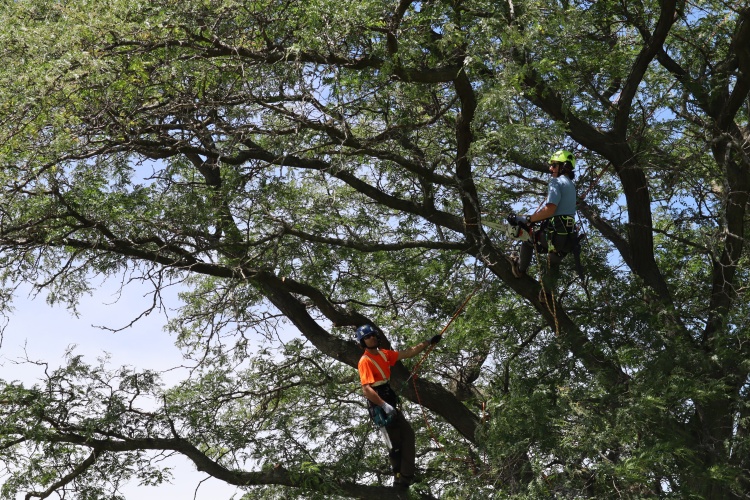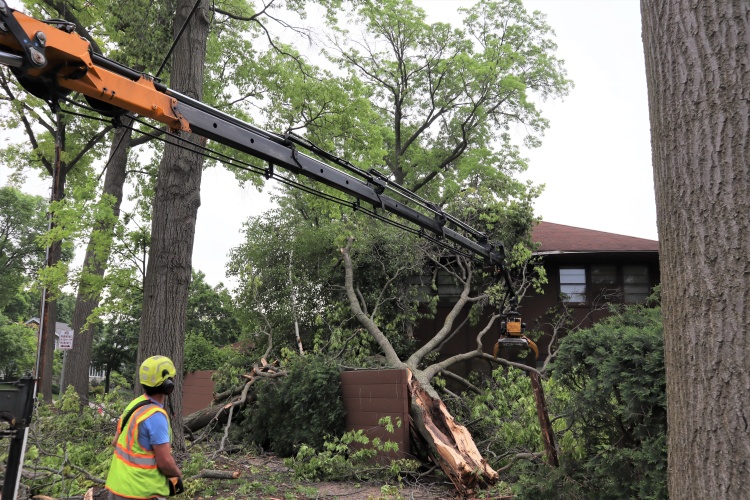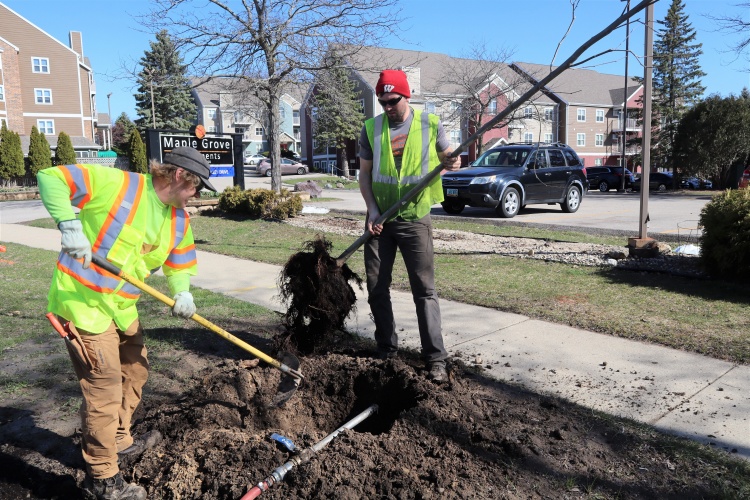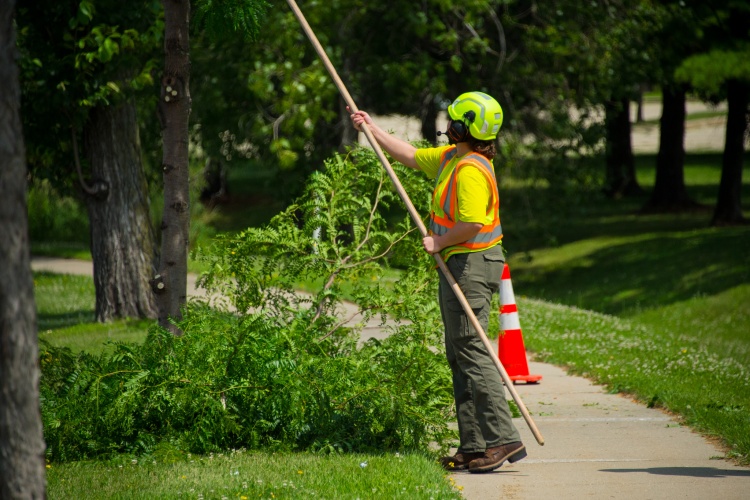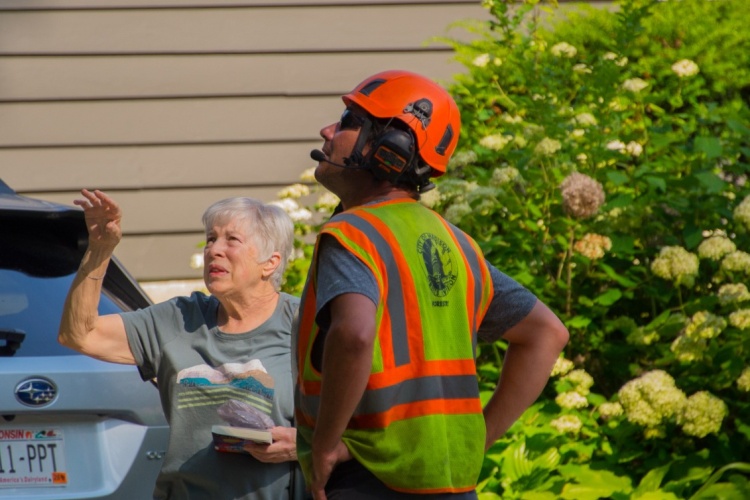Urban Forestry
The Urban Forestry section of the Streets Division plants, prunes, and cares for the 100,000 trees along City of Madison streets. Trees in parks are maintained by the Parks Division. Trees in stormwater greenways are overseen by Engineering Division. Private property trees are the responsibility of the property owner.
Our staff takes great pride in our rigid safety standards; whether planting a new tree or cleaning up after a major storm, we are dedicated to the safety of workers, residents, and property while creating a thriving and diverse urban canopy.
What We Do
Urban Forestry
- Report a tree concern
- Tree Inventory
- Pruning Work Map
- Do Not Tap Public Maple Trees
- Emerald Ash Borer
- External Urban Forestry-Related Resources
- New Tree Resources
- Permits and Applications
- Private Property Trees
- Spongy Moth
- Stump Removal Process
- Tree Protection Ordinance
- Urban Forestry Special Charge
- Urban Forestry Task Force Report
